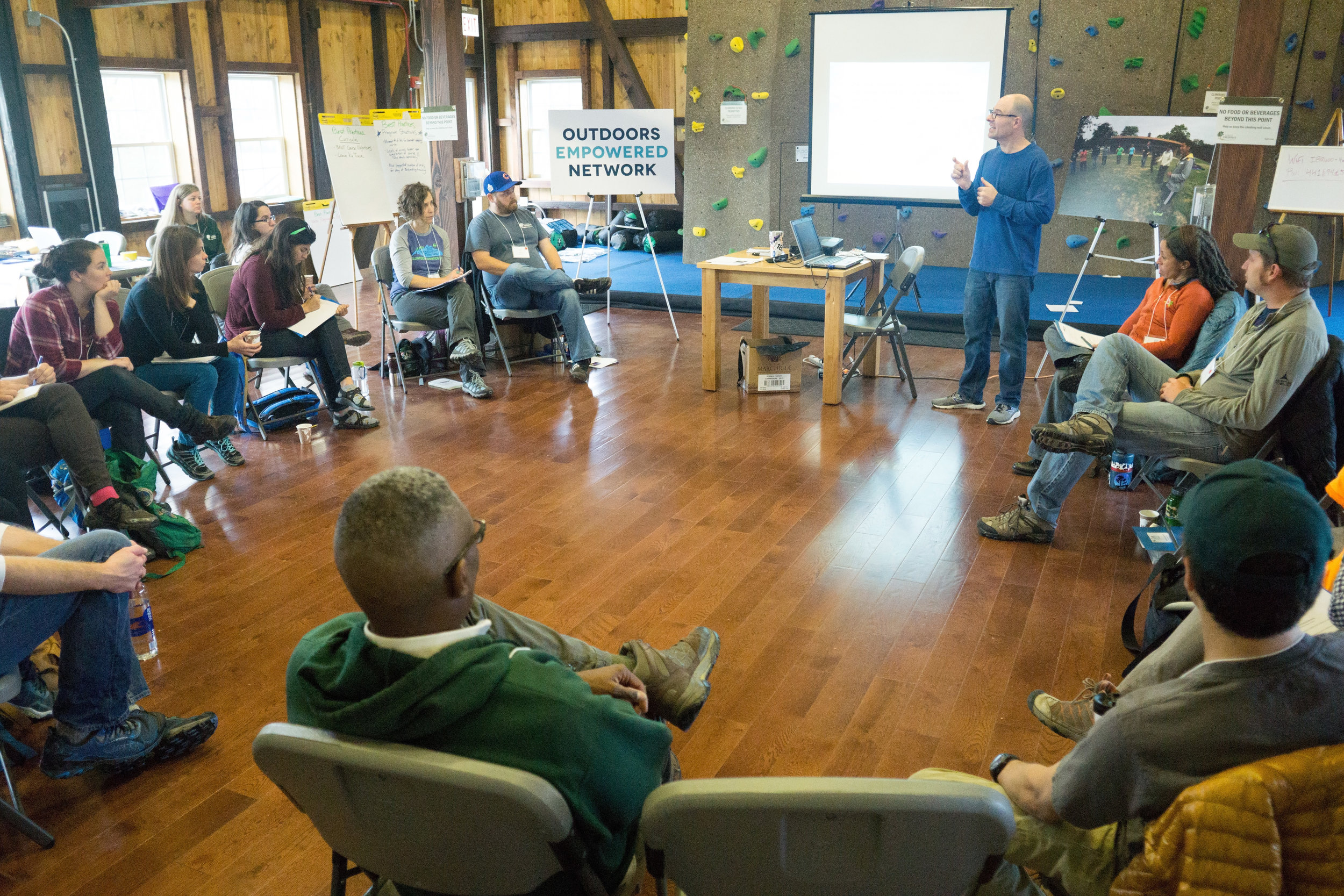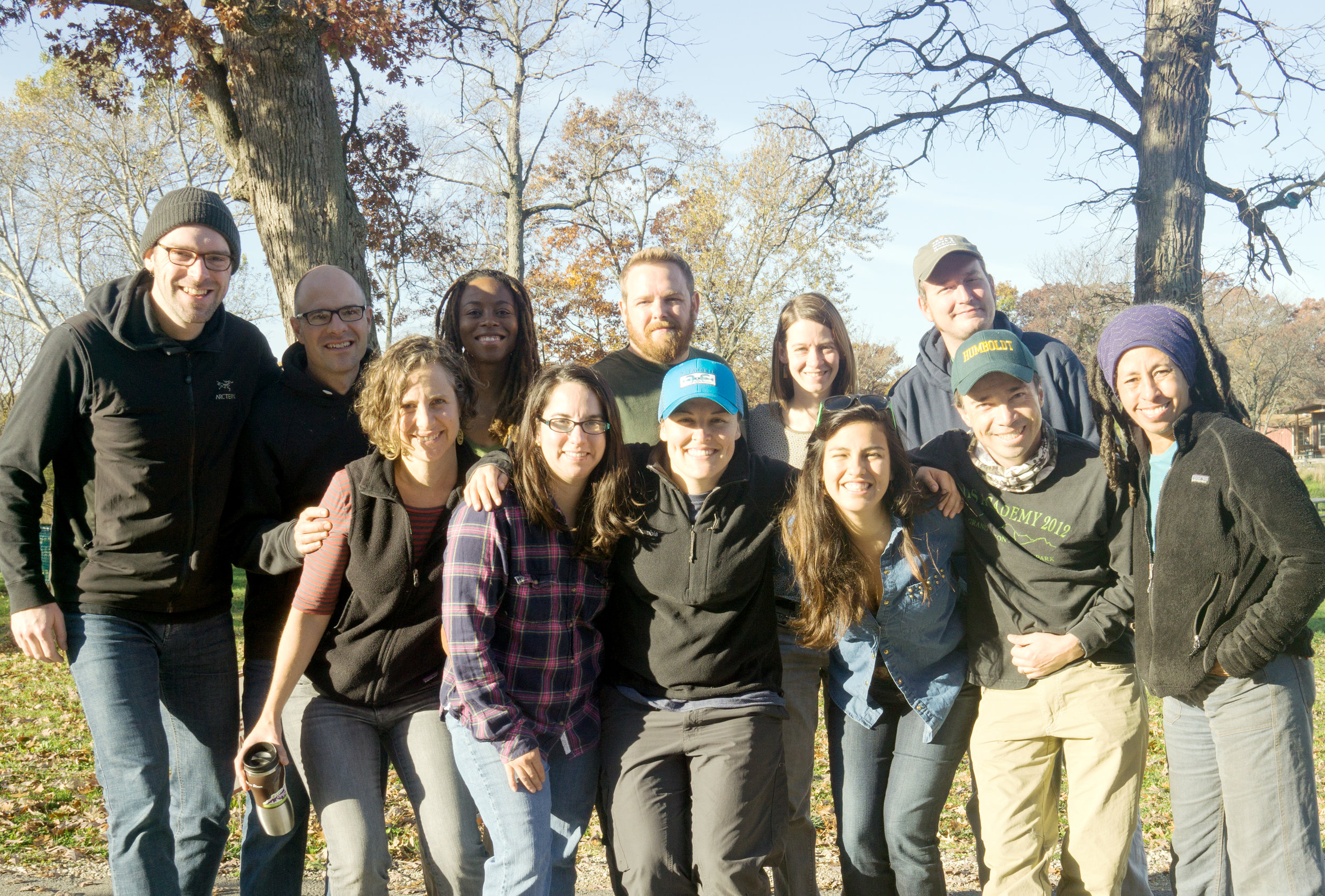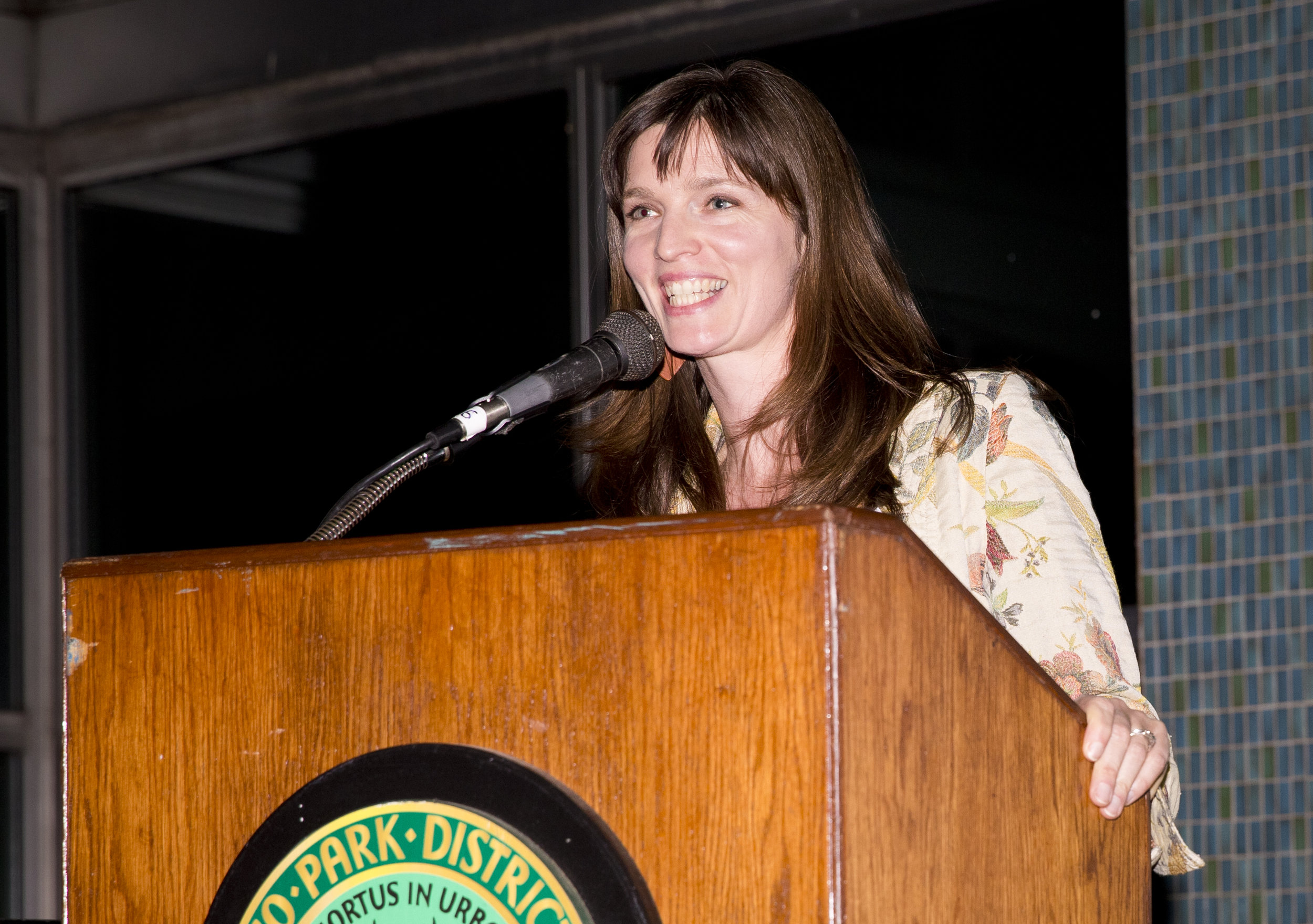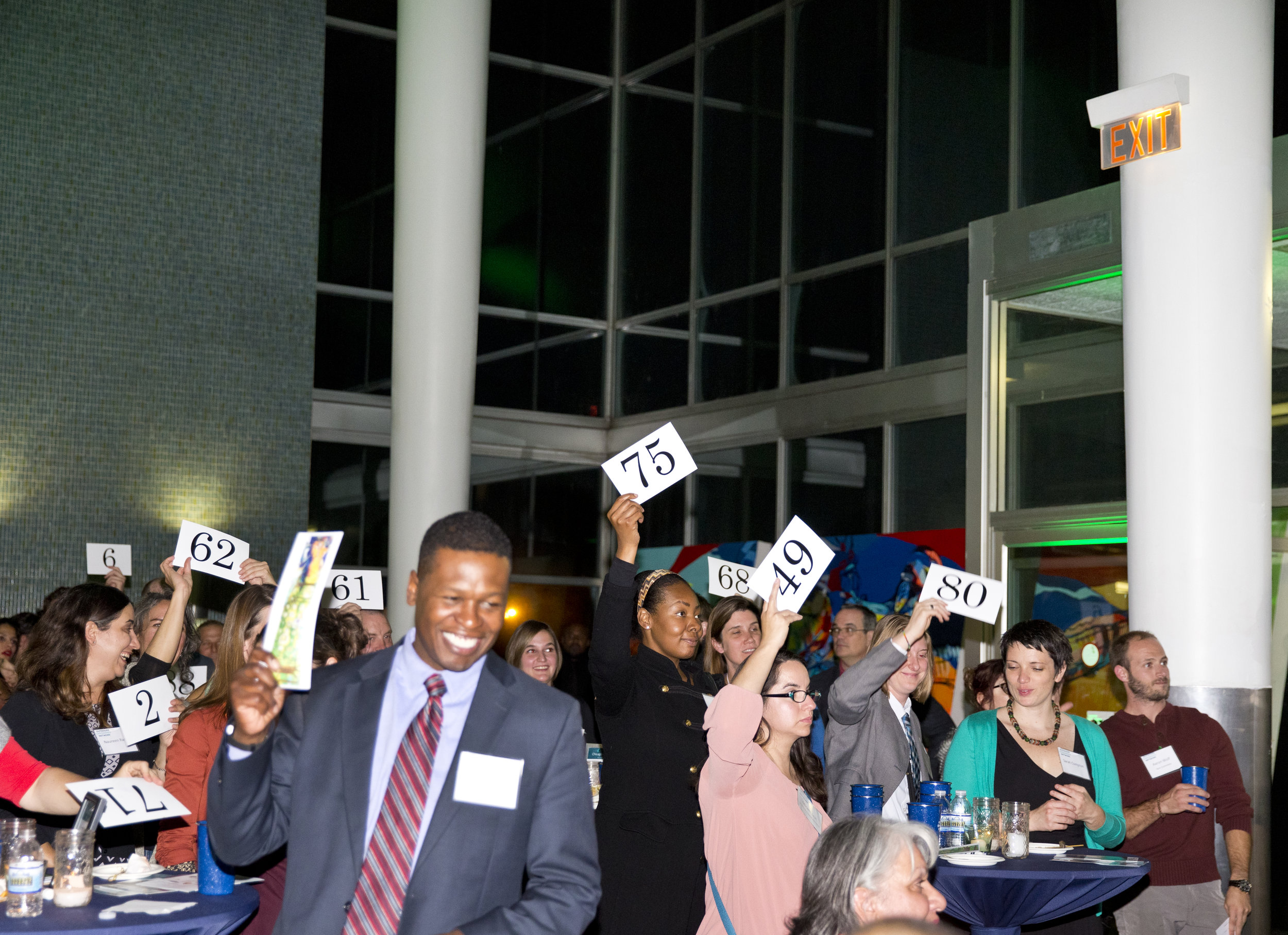It Should Not be Understated
The following blog post was taken from a series of texts sent by #DenaliforLucy team member Zak Klein on June 7, 2017 between 9:40am - 9:52am from the mountain at 14,200 feet.
"Yesterday was monumental. It was the result of two days of effort and sacrifice by our amazing guide team. They went from 11k to 14k camp twice in consecutive days, so the rest of the team could have a rest day at 11k camp. Typically, between 11k and 14k, you cache then carry or back carry. Instead, the guides hauled as much as they could in packs all the way to 14k camp, and then returned to the 11k camp. Yesterday we loaded everything and left the 11k camp... all of us had full packs and full sleds weighing between 80-100 pounds.
Camp 2- 11,000 feet.
The slope we climbed directly out of 11k camp was incredibly difficult. Required sideways crossover (french step) basically all the way up. Rodney had loaded his sled too full, so he couldn't twist his torso against the drag of his sled, and had to front point at times. I, Zak, got rocked and couldn't catch his breath, needing to call his rope team to a stop in a place where you're not supposed to stop...sandwiched between a few crevasses. It was unusual for me, because I've powered past similar altitudes with less acclimatization many times. But it felt akin to an asthma attack from when I was a kid.
“There are people from all over the world speaking at least 20 different languages. 85% male, and no one under the age of 20, except Lucy.”
When we reached the top of the hill, I was worked and out of sorts. It was blowing and snowing and the next side slopes hill (squirrel hill) was right above us. This hill is notorious and is a no mistake zone where you have to keep moving. In order for me to guarantee that I could keep moving, I had to ask my team to take some gear from my pack and my sled. Wes, our lead guide, stated at one point that he was "this close to turning us around," as he held up a gloved hand with his thumb and forefinger about a millimeter apart. That would've been demoralizing to the team as we just struggled up the steepest climb with the heaviest load of the entire trip. With cold hands and urgency, we shuffled gear and prepared ourselves for the climb ahead.
I was able to control my breathing on Squirrel Hill and it continued to improve throughout the day. I believe it was a metabolic issue related to not having enough calories in the morning or eating too much salt the previous evening, or, of course, just one of those spontaneous problems that comes from being at altitude.
It should not be understated how difficult this day was. Both of the junior guides stated that this was the most work they've ever experienced on a trip. Again, their effort and our effort was monumental. With a storm coming in, we couldn't risk getting stuck at the 11k camp. It was imperative that we reached 14k to give our bodies time to acclimate. Over the next four hours as we built camp, we all found the energy reserves needed to assist the guides with shoveling out camp, setting up the tents, and preparing the kitchen area.
The view from 14,200 feet. Photo courtesy of Alaska Mountain School
The 14k camp is an absolute dream world. We are living in a world of clouds, ice and rock, and of course, snow. Again there are people from all over the world speaking at least 20 different languages. 85% male, and no one under the age of 20, except Lucy.
We celebrated our accomplishment last night at dinner by revealing six of Lucy's letters and two for Rodney. Hannah had the idea before our trip to have Lucy and Rodney's friends and family write them letters that could be opened as a surprise on the mountain at a monumental time. They were read openly at dinner last night and everyone was moved by the kindness of the Westlakes' friends and family.
Finally, looking out from 14,200' is incredible. You peer across to the impressive Mt. Foraker and then you turn around to stare at a 3000 foot wall that you must climb to reach the 17,000' camp.
We are in great spirits and I can hear everyone in the kitchen happily eating breakfast..
14K Camp, with the headwall and at least four climb-teams making their way to 17,300 feet.
Detroit Camps!
Photos by David Lewinski, courtesy of Detroit Inspiring Connections Outdoors
reviving a campground in Detroit’s Rouge Park. a destination for local kids to go camping.... Most for the first time.
Outdoors Empowered Network is working with Detroit's Inspiring Connections Outdoors program, the National Park Service in Detroit, the YMCA of Metropolitan Detroit, and the cities' Parks and Rec program on replicating the tremendously successful, campground based programs in San Francisco and Chicago.
This article, written by Allison Torres Burtka, is part of Michigan Nightlight, a publication about the programs and people that positively impact the lives of Michigan kids. It is made possible with funding from the W.K. Kellogg Foundation. Read more in the series here. It first appeared on March 16th in Metromode
Kids who get to experience and explore nature—on a trail or in a kayak, for example—reap benefits that go well beyond fresh air. Adventures in the outdoors can do wonders for young bodies and minds, but minority and low-income kids often lack access to the natural world.
Data from the National Park Service (NPS) and the Outdoor Foundation show that minorities are underrepresented in outdoor pursuits. In a survey about visiting national park units, 53 percent of whites surveyed said they had visited an NPS unit in the past two years; only 28 percent of blacks and 32 percent of Hispanics said they had.
In a second Outdoor Foundation survey that looked at the broad range of outdoor activities, people ages 6 and up who participated in outdoor activities were 74 percent Caucasian, 9 percent African-American, 8 percent Hispanic, 7 percent Asian, and 3 percent other.
Many organizations throughout Metro Detroit are working to bridge this “adventure gap” and are finding ways to introduce minority youth to nature. This often means getting them to try things that might be unfamiliar.
Detroit Inspiring Connections Outdoors (ICO) is a community outreach program of the Sierra Club that offers wilderness experiences and environmental education, working mainly with the Fauver-Martin Boys & Girls Club in Highland Park. Almost all the youth it serves are people of color and/or low-income, says Garrett Dempsey, chair of the program. The group recently took its first ski trip, meeting up with the Jim Dandy Ski Club, the country’s first black ski club.
“It was amazing to observe our teens, who had hardly imagined themselves ever camping or canoeing a few years ago, let alone skiing, spend the day on a mountain with hundreds of other folks that looked like them,” Dempsey says.
Outdoor experiences can be transformative. If kids who have never gone camping before are apprehensive about it but then enjoy it, “it butts up against their own fears and stereotypes about what is possible,” says Kyle Macdonald, executive director and founder of Outdoors Empowered Network, an organization that works to get youth outdoors. “If you think, ‘My life is limited to these 10 blocks' and then you step outside your comfort zone and do something you’ve never done before, it’s empowering," he explains. “You might think, ‘I never thought I could do this—so maybe I can go to college. Maybe I can become a doctor.’”
Outdoors Empowered Network provides free “gear libraries” and training for adults who can then check out gear to use with groups of kids. The organization is working with Detroit ICO, the National Park Service in Detroit, the YMCA of Metropolitan Detroit, and others to revive a campground in Detroit’s Rouge Park that once was a popular Boy Scouts site. Now, these groups want to make it a destination for local kids to go camping—many of them for the first time.
“When you see the Milky Way when you’re sleeping outside, you see that the world is a much bigger place than you ever imagined,” Macdonald says. Making kids aware that they can get outside requires “some cultural shift,” he says, but “these are public lands. They’re not just for kids with parents who already take them hiking or camping on the weekends.”
At the college level, many outdoor adventure leaders are trying to appeal to underrepresented minorities. John Swerdlow is senior assistant director of recreational sports at the University of Michigan in Ann Arbor. “For myself and the trip leaders, the outdoors is such a powerful and wonderful part of our lives,” he says. “We want to share it with people who were not given that opportunity—who were not exposed to it for all kinds of social and cultural reasons.”
U-M Outdoor Adventures has created “intro to camping” trips in an attempt to appeal to first-time campers, but success has been limited so far, Swerdlow says. They are also working on offering a trip for incoming freshmen in the university’s Bridge Program, which prepares students from diverse populations to start in the fall.
Slowing down and opening up
In helping kids forge connections to nature, these groups are fighting so-called nature deficit disorder, a term that author Richard Louv coined to describe the physical and mental problems caused by a lack of connection to nature. The leaders of these youth programs often notice something shift in kids who get immersed in the outdoors.
“I see young people we work with just kind of slowing down,” Dempsey says. “They calm down when we get outside and focus on little things that they might not focus on inside.” He recalls a fifth grader attending Hawkfest at Lake Erie Metropark who was less excited about hawks than he was about the possibility of seeing a caterpillar. He was thrilled to find one, and Dempsey talked to him about it and helped him find a place to put it so it wouldn’t get stepped on. “He spent 30 minutes with that caterpillar,” he says. “Everything else disappeared for him.”
Not every outdoor experience needs to be a grand adventure to be meaningful—some kids only need the opportunity to be outside. The Huron-Clinton Metroparks started “Summer Fun at the Metroparks” last year, which brought about 3,100 Southeast Michigan residents to 13 Metroparks by bus from meeting spots in Wayne, Oakland, Macomb, Washtenaw, and Livingston counties. Several community organizations participated, including social services agencies.
“Just to be in a park out in the open in a safe space is something some kids don’t ever get to experience,” says Jennifer Hollenbeck, the Metroparks' interpretive services manager.
Hollenbeck says one park employee recalled driving into the park in a bus full of kids. When they approached the trees, one said, amazed, “Wow! Are we going to the jungle?” and the rest of the kids lit up. “Many of them don’t experience a large number of trees in one space,” Hollenbeck says.
The program’s many activities included hiking, seeing an eagle nest, and learning about trees. This year, Summer Fun will expand to include about 4,800 youth (plus 1,200 adults). The theme “Rivers of fun, connecting communities,” will teach participants about water quality and other water issues.
Merely arriving at a natural space opens up a whole new world for some kids, says Christina Funk, assistant naturalist at the Stage Nature Center in Troy. “Just seeing birds and squirrels is a big deal to them.”
The Stage Nature Center brings in school groups to teach them about nature, and it also runs a junior naturalist club. “For a lot of kids, it allows them to learn in a different way than they do in class,” Funk says. “It reaches kids with different learning styles.”
Access to nature
One of the challenges is getting people to realize that nature is nearby. Metro Detroit is full of parks and outdoor activities that residents might not realize exist. For example, the Stage Nature Center encompasses more than 100 acres. “We’re nestled in a very suburban area, and a lot of people don’t even know we’re here,” Funk says.
But even when people are aware, transportation is a common challenge. A recognition that many Metro Detroit residents lack transportation to parks is a main reason Summer Fun at the Metroparks got started, Hollenbeck says.
“Since we work with under-resourced communities, the ability to cover transportation costs is always a challenge,” Dempsey says. “This is one of the reasons we want to create more programming opportunities in Rouge Park because it will lower transportation costs for city groups.”
Last year, the NPS took every fourth grader in the Detroit Public Schools—about 3,800 of them—to Historic Fort Wayne for a day to learn about nature and the site’s history, including its part in the Underground Railroad. The NPS Ticket to Float Urban Youth Outdoor Kayak Explorer Program takes kids on a full-day field trip to River Raisin National Battlefield Park, where they learn about the Detroit and Huron Rivers’ cultural and natural legacies.
And the NPS Every Kid in a Park initiative gives every fourth grader and his or her family free access to public lands (in fee areas) for a year. Part of the impetus is “to engage a new cadre of public land stewards,” says David Goldstein, the NPS urban liaison for Detroit. He adds that this “family-level engagement” will make a difference.
Getting people to appreciate the outdoors is important for the land’s sake. “It’s our world. We need it to survive,” Funk says. “The less people get outside, the less they understand it, and the less likely they are to protect it.”
Dempsey agrees. These young people may well grow up to be “the next stewards of the outdoors,” he says, which might include “faraway parks and green spaces in their own neighborhoods.”
“The outdoors can be a lot of different things to different people,” Dempsey says. “It’s about introducing them to the outdoors and then letting them continue to develop that relationship on their own.”
Resources for getting low-income and minority kids to the outdoors
The Michigan Department of Natural Resources’ Outdoor Adventure Center
National Park Service Ticket to Float Urban Youth Outdoor Kayak Explorer Program ta
The 2016 National Summit in the World Series Champions' Town
On November second, 14 people from OEN Program Member organizations as far away as Seattle, Los Angeles and Boston, flew into Chicago on a truly crazy first night of our 3rd annual National Summit. Not only did the Cubs win the world series, but both Chicago airports closed briefly (thunderstorms), causing Summit attendees to be delayed for as much as five hours. But they got there... and 108 years after the last time they won it the so did the Cubs!
This year's Summit was extraordinary in many ways; our first outside the Bay Area, our first large public event, with 100 people in attendance in downtown Chicago, and our first foray into building shared best practices related to our work. This last piece not only gives us a chance to compare our programmatic work and learn from one another, but also gives new organizations from around the country hoping to use our shared train-and-support model a set of programmatic structures, policies and pedagogical beliefs to use from the start.
The Summit was hosted at Camp Sullivan, one of the five new campgrounds run by the Forest Preserves of Cook County, and the home of their gear library and training program. Huge thanks goes out to all the staff there that made it possible. The campground is about 45 minutes from downtown, and when the Cubs' celebration parade got scheduled on Friday, ending less than a mile from our evening event site, we were worried.








See more pictures as well as video from the Summit visit our Facebook page.
Would road closures, traffic and what turned into 5 million people (yes, 5m!) keep attendees from coming to our reception? They did not! Chicago Camps went on without a hitch!
One of the goals of the Summit was to work with local partners, bring together the outdoor education and recreation community and celebrate the success of our local member organizations. We could not be more pleased at the success we had in hitting our mark!
Thanks to our amazing host committee and generous sponsors including The Field Museum, REI, Columbia, LL Bean, Adventures Accessed, The National Park Service and Billy Casper Golf, we raised $5,000 for a scholarship fund to get Chicago youth outdoors in 2017. And we shone a spotlight on the two new programs run by the Chicago Park District and the Forest Preserves of Cook County, who collectively have reached over 700 young people in 2016. We even got a chance to climb on Saturday at First Ascent Climbing, who bought the first round at the local tap room to boot. Cheers to a terrific Summit!





Privilege, 100 feet Up a Tree
In that opening, welcome speech the kids were told “You’ll climb a tree, 100 feet off the ground”, and I couldn’t get it out of my head as I drove south, away from Mt. Shasta, and towards the city.
I drove my daughter and her eight grade, private school classmates to outdoor education camp last week. I was very happy about this, and left after staying the first night feeling extremely grateful that she gets to have this week outdoors. She loved it. Really loved it. Most kids in the US don’t get this chance. In fact, Tim, the founder of the school, a passionate, grizzled outdoorsman and nature photographer urged the kids’ sense of gratitude, during his welcome speech by telling them “Appreciate this. Not one public school teacher has been able to make this happen, not one.”
But why is this camp experience, sleeping and eating outside, getting dirty and sweaty and freezing cold dipping in a mountain stream, such a privilege? In large part because they get to build a connection, maybe a deep connection, to nature and all of her benefits to health and well being. They are fully immersed in it. They use all their senses, splash in an icy mountain stream, and see the whole Milky Way, and get to experience how small we really all are in the face of the billion stars, and a culture that tells us we humans can solve all our problems with technology. Some of them will come back changed.
For most, the lessons will steep, and percolate up over time. “Tell me I’m wrong, but my feeling is that your generation is too soft” Tim continues. What he wanted was for the kids to know they could push; get dirty, bruised and scraped, and that despite the risk of temporary pain, they’d be OK. Maybe its called “building character”. A new favorite book I read this summer- Barbarian Days, from William Finnigan ponders this question of testing one’s self. He writes about his life as a surfer, and what the ocean meant to him as a young boy.
“Waves were the playing field…the object of your deepest desire and adoration. The ocean was like an uncaring God, endlessly dangerous, power beyond measure. And yet you were expected, even as a kid, to take its measure every day. You were required- this was essential, a matter of survival- to know your limits, both physical and emotional. But how could you know your limits unless you tested them? And if you failed the test?”
My daughter, and her classmates benefit from the class privilege that allows them to test their limits. But this is what teenagers are meant to do. So many teens, who don’t have the chance to test themselves taking physical and emotional risks with one another in nature, often take other risks. For example, drugs, crime and unsafe sex to name a few within a long list of self-destructive possibilities. These head towards powerful, sometimes life altering negative consequences.
There are so many reasons why I believe outdoor education should be something all kids get a chance do. And there’s now a boatload of evidence that shows it supports success in multiple developmental realms, from a myriad of academic measures to those within the realm of physical and psychological health. Having a chance to test limits, in nature this way shouldn’t be a privilege, but rather it is, what Rich Louv calls it when he is at his most passionate: a birthright.
In that opening, welcome speech the kids were told “You’ll climb a tree, 100 feet off the ground”, and I couldn’t get it out of my head as I drove south, away from Mt. Shasta, and towards the city. I kept imagining my 13-year old daughter high in a tree, testing, maybe one more branch higher.







